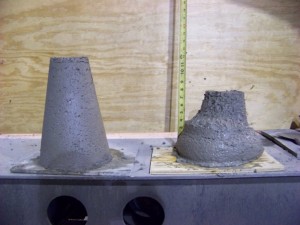We’ve got chickens!
This spring we added a few new items to our FARMSTEAD Equipment product selection that have been very popular with our customers who raise small groups of chickens and other poultry. We always strive to provide the highest quality products for our customers and decided we would purchase and raise a small flock of broiler chickens to show everyone first hand how well the equipment we sell works.
So, we headed to the local farm supply store and picked up a dozen broiler chicks. We lucked out and ended up with a baker’s dozen, 13 birds in all. Until the chickens have feathered out and can move outside, we’re brooding them indoors. Chicks need a supplemental source of heat until they begin to grow feathers. Generally, the birds need to be kept at around 90°-95°F for the first week of life.
Our “brooder” is made from a small children’s swimming pool, which can usually be purchased for around $10 from your local big box store. The inside is lined with clean pine shavings and we put the chicken feeder on the floor to start out so the birds are easily able to locate their feed.
Many people use a heat lamp and heat bulb to provide the supplemental heat their birds need during their first few weeks of life. Using a heat lamp and bulb works very well, but for this flock we are using one of the new products we offer, the Comfort Heating Plate for Chicks, which you can see in the left side of the photo above. The great part about the Comfort Heating Plate is that it only draws 22 watts compared to the much higher wattage, 100-250 watt, that a conventional heat lamp uses. In addition to the energy savings you’ll realize, the Comfort Heating Plate substantially decreases the chances of an accidental fire that can occur when using a heat lamp.
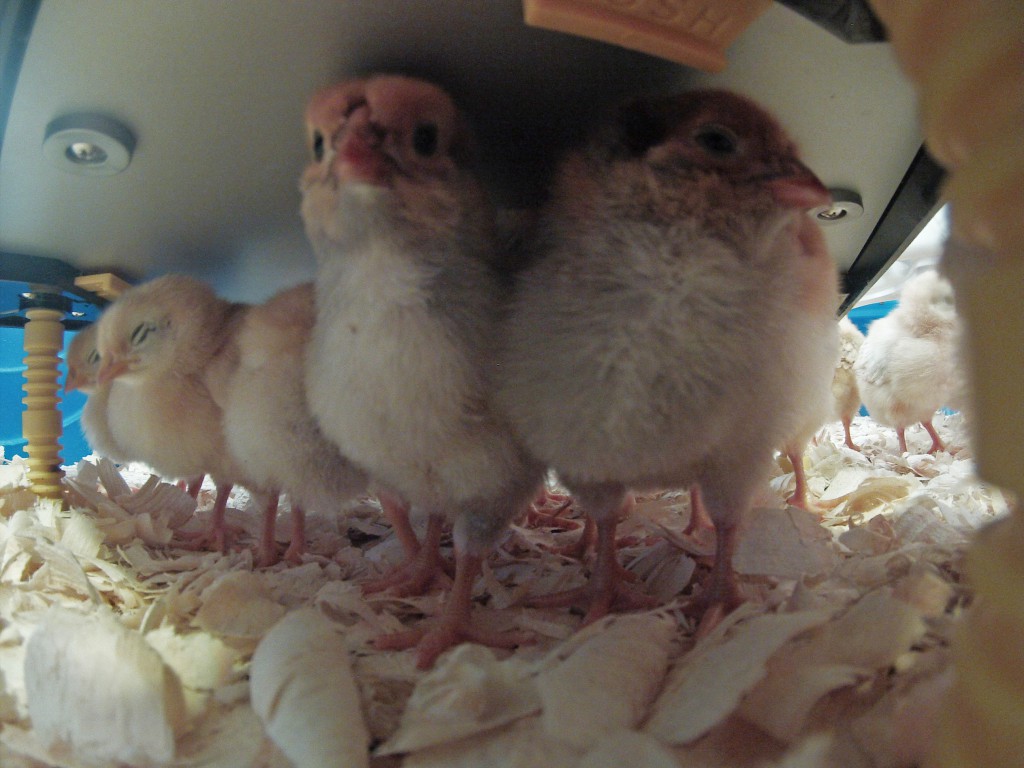
In addition to the energy saving and safety benefits the Comfort Heating Plate provides, the chicks absolutely love it!
That is because the heating plate is designed to mimic mother nature. When a hen hatches her chicks, she keeps them nestled under her for heat and protection. The chicks can gather under the mother hen for warmth and then from time to time come out for water, a bite to eat or just to stretch.
As you can see in this photo, the chicks took right to the heating plate like they would a mother hen and have no problem dozing off for a quick nap!
You probably noticed that some of the chicks are actually touching the plate’s surface. The chicks can fine tune their comfort level by contacting the surface, laying down, and moving from the middle to the edges.
The Comfort Heating Plate provides enough heat to keep the shavings underneath warm and inviting. When we set the brooder up before moving the chicks in, we tested the plate’s surface temperature as well as the temperature of the shavings beneath with an infrared thermometer.
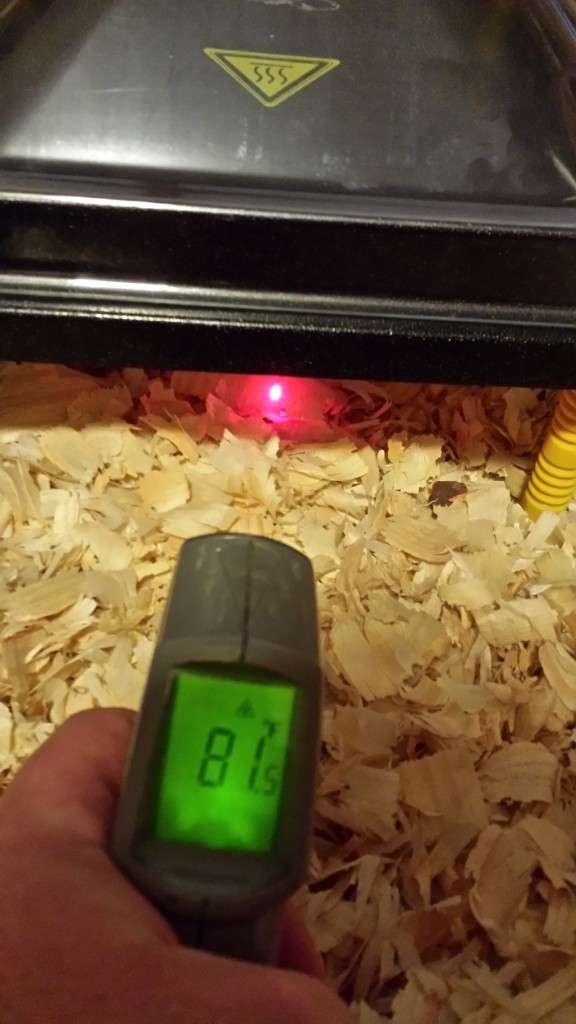
A perfect, consistent temperature for your birds, and peace of mind for you knowing that the Comfort Heating Plate for Chicks has dual safety features; a 0.5 Amp resistance fuse and 248°F temperature fuse.
If you’re planning on raising your own chickens this year, already have some chicks, or just want to take advantage of the Comfort Heating Plate’s safety features and energy savings, visit http://www.hogslat.com/comfort-heating-plate-for-chicks to purchase yours today!
Also, don’t forget to check back weekly as we’ll be documenting our experiences raising this flock as well as telling you more about the drinking bucket and hanging feeder you see in the pictures above!












 Україна
Україна Méjico
Méjico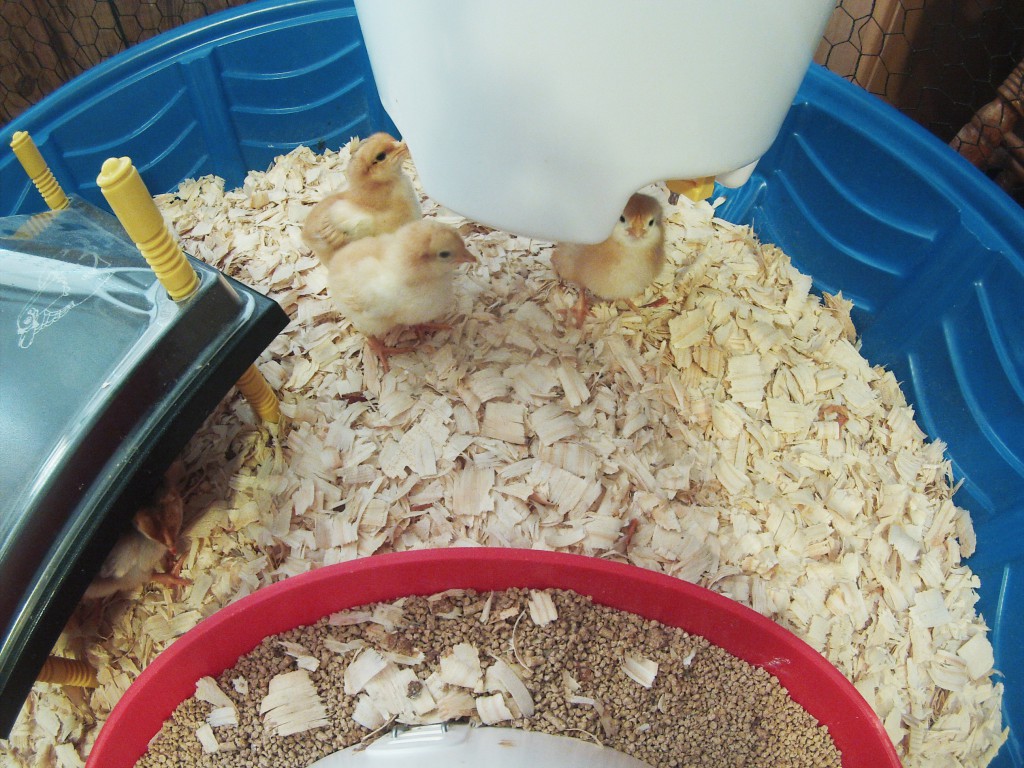

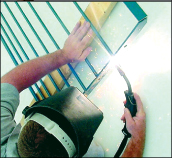

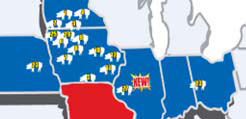

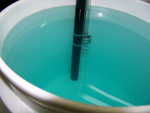



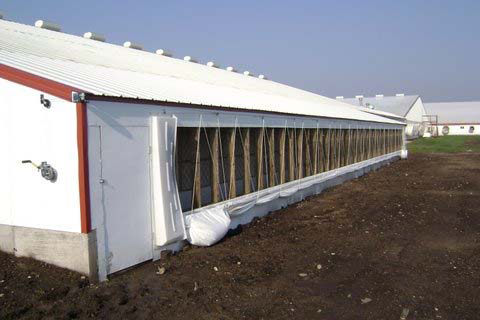
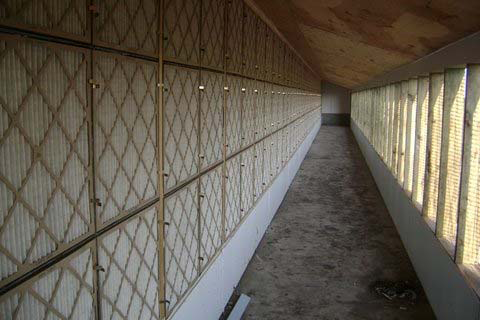
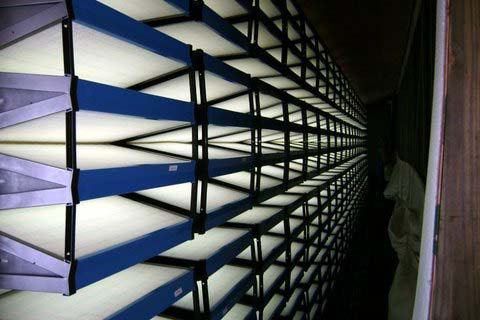
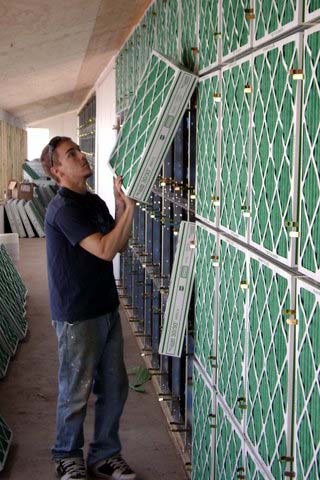
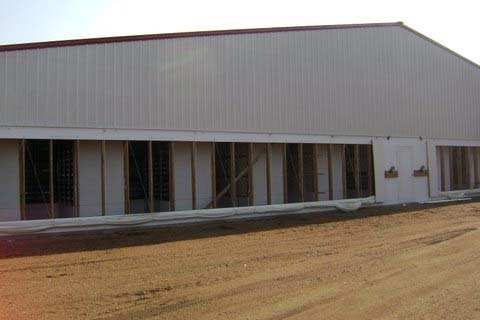


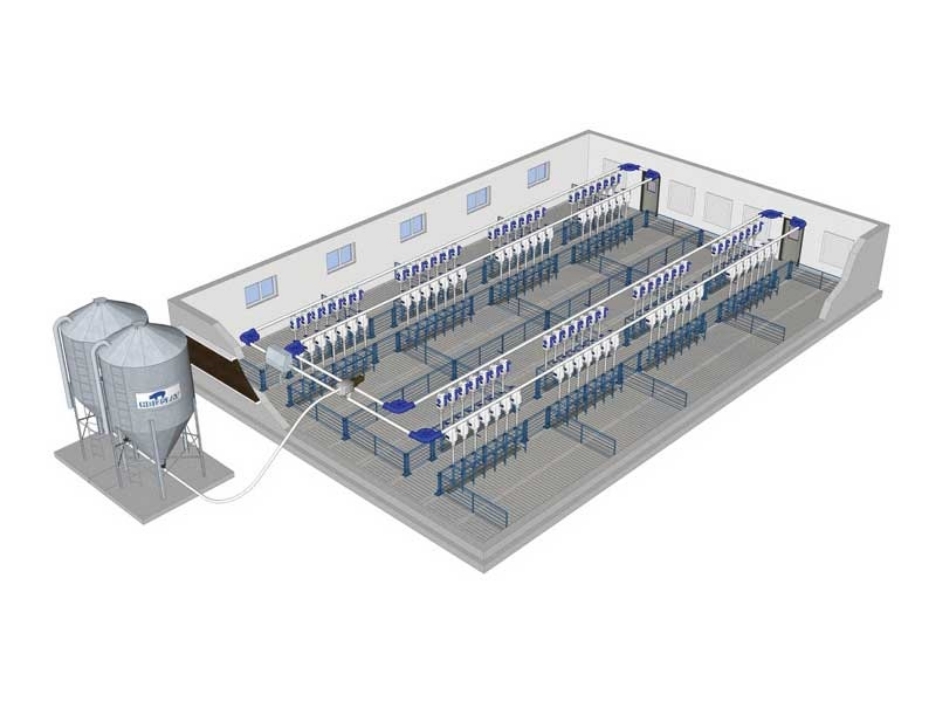
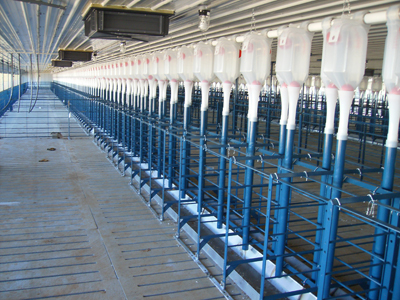 As the swine industry searches for alternatives to stall gestation, another option has emerged and is in the process of being refined. Stanchion Housing refers to short stall-like dividers that are added to open pen gestation to separate and protect the animals as they are fed. It is a refinement over traditional open pens where sow are fed on the floor and group size must be limited to reduce fighting.
As the swine industry searches for alternatives to stall gestation, another option has emerged and is in the process of being refined. Stanchion Housing refers to short stall-like dividers that are added to open pen gestation to separate and protect the animals as they are fed. It is a refinement over traditional open pens where sow are fed on the floor and group size must be limited to reduce fighting.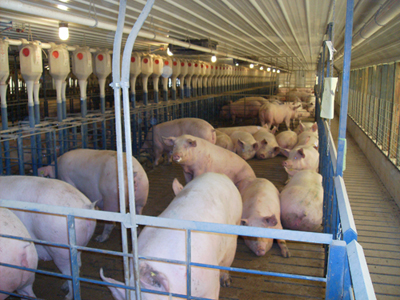 Looking at the total number of animals in a breeding group, a decision can be made on total numbers of sows per pen. Current stanchion systems range from 10 head per pen all the way up to over a hundred. Many producers choose to break a farrowing group into two or three different pens as this allows for grading and sorting weaned animals by body score. Placing sows in similar groups reduces fighting and allows for uniform feeding.
Looking at the total number of animals in a breeding group, a decision can be made on total numbers of sows per pen. Current stanchion systems range from 10 head per pen all the way up to over a hundred. Many producers choose to break a farrowing group into two or three different pens as this allows for grading and sorting weaned animals by body score. Placing sows in similar groups reduces fighting and allows for uniform feeding.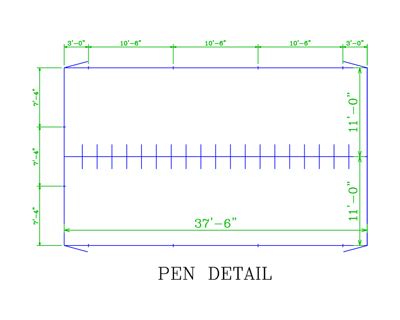 First, long narrow pens are preferred as this prevents a boss sow from blocking feed stanchions. The second design feature is placing the stanchions head to head in the center of the pen rather than placing them along the alleys. Because the stanchions are not in the alleys, the sows can be viewed from the rear during feeding for problems. It also allows for easier animal movement in and out of the pens as the gates are not part of the stanchions. In addition, the number of feed lines needed is reduced.
First, long narrow pens are preferred as this prevents a boss sow from blocking feed stanchions. The second design feature is placing the stanchions head to head in the center of the pen rather than placing them along the alleys. Because the stanchions are not in the alleys, the sows can be viewed from the rear during feeding for problems. It also allows for easier animal movement in and out of the pens as the gates are not part of the stanchions. In addition, the number of feed lines needed is reduced.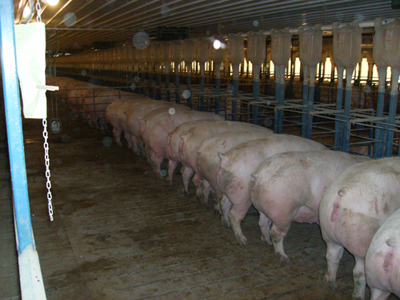 Equipment used in a head-to-head layout consists of stanchions that are 40” tall and 19” long. These dimensions protect the face and ears of the individual sow from aggressive pen mates. Ideal width has been determined to be 20” as this prevents other sows from crowding in to steal feed. Early systems used solid dividers; as we gained more experience with head-to-head systems, the use of open dividers was adopted. The Hog Slat equipment used to configure this layout is an adaption of our standard gestation stall which has been used throughout the industry for over 30 years. The stanchions are constructed of solid horizontal rods with angle top and bottom rails, the entire unit bolts together with galvanized floor spacers and double top spacers for added stability. This style of stanchion fits completely with the standard 40” gestation penning used in the rest of the pen layout. The result is a well-designed system that goes together without a great deal of “field fabrication”. AquaChief cup waterers are added at the rate of one per 11 animals to provide fresh water.
Equipment used in a head-to-head layout consists of stanchions that are 40” tall and 19” long. These dimensions protect the face and ears of the individual sow from aggressive pen mates. Ideal width has been determined to be 20” as this prevents other sows from crowding in to steal feed. Early systems used solid dividers; as we gained more experience with head-to-head systems, the use of open dividers was adopted. The Hog Slat equipment used to configure this layout is an adaption of our standard gestation stall which has been used throughout the industry for over 30 years. The stanchions are constructed of solid horizontal rods with angle top and bottom rails, the entire unit bolts together with galvanized floor spacers and double top spacers for added stability. This style of stanchion fits completely with the standard 40” gestation penning used in the rest of the pen layout. The result is a well-designed system that goes together without a great deal of “field fabrication”. AquaChief cup waterers are added at the rate of one per 11 animals to provide fresh water.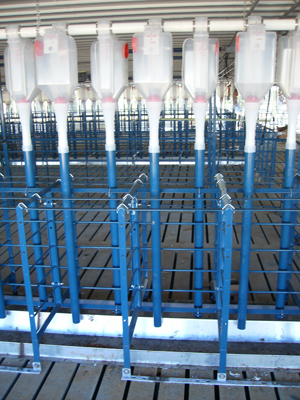 Many of the stanchion systems are remodels, the layout of which has to be adapted to existing slat /solid configurations. If building new projects most producers opt for using total slats as this allows for more flexibility in the event of changes in the welfare regulations.
Many of the stanchion systems are remodels, the layout of which has to be adapted to existing slat /solid configurations. If building new projects most producers opt for using total slats as this allows for more flexibility in the event of changes in the welfare regulations.
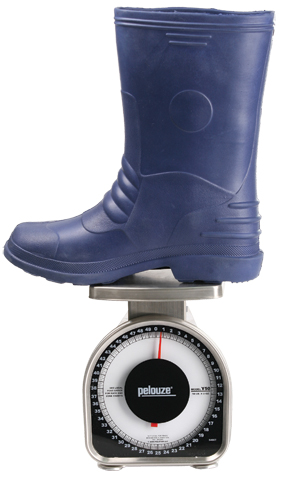
 the descaler agents listed above or Grower Select’s Kool-Cell Kleen.
the descaler agents listed above or Grower Select’s Kool-Cell Kleen.
